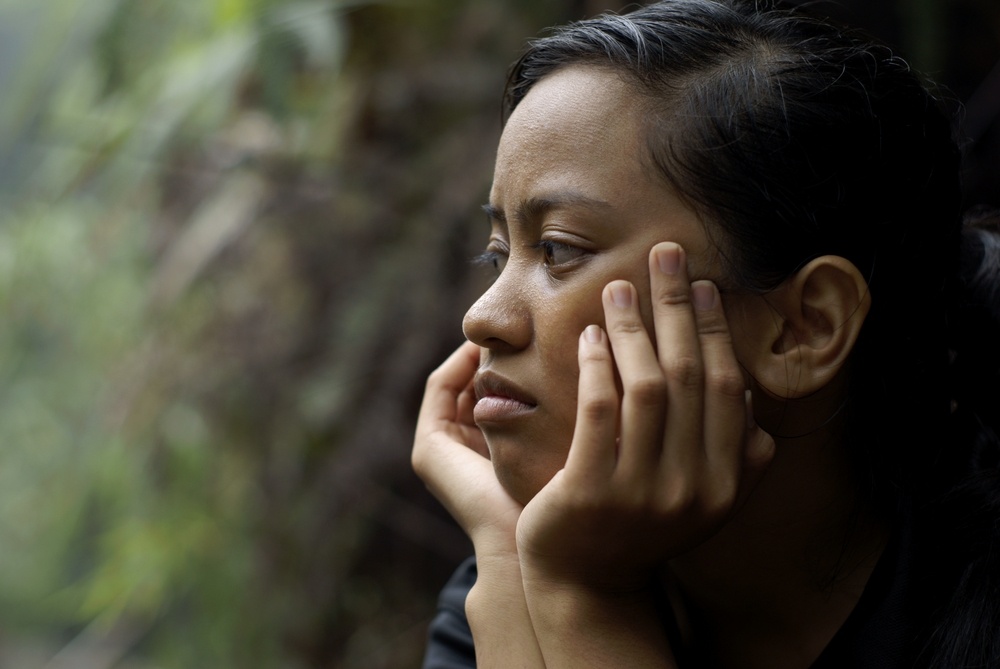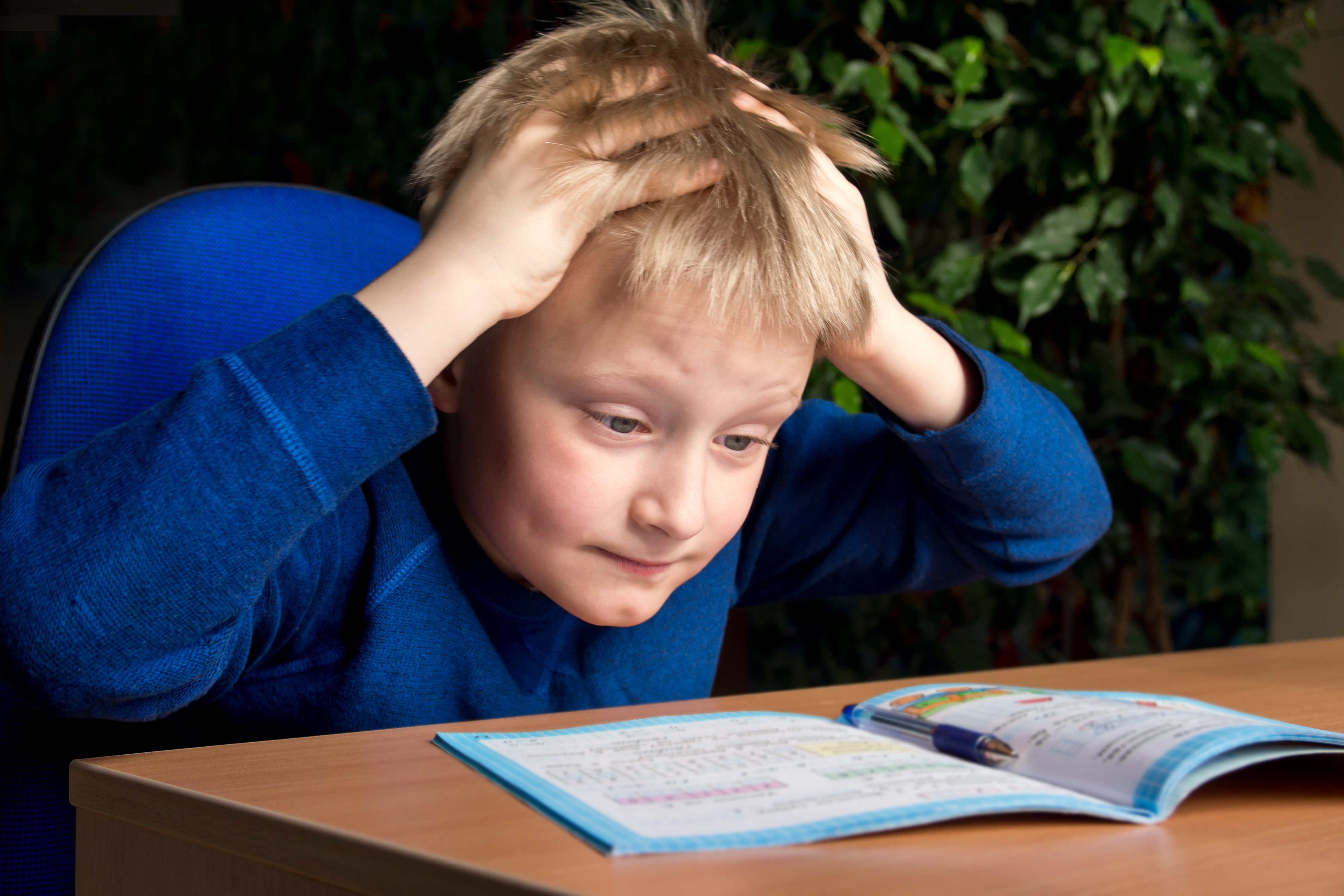Panic disorder (PD) is part of a cluster of diagnoses called the anxiety disorders. Anxiety disorders are a group of psychiatric conditions that include:

These disorders are characterized primarily by the experience of excessive fear and anxiety. Children with generalized anxiety disorder spend a lot of time worrying about a lot of different things. Children with social anxiety disorder feel very anxious around other people because they are afraid of embarrassing themselves or being disliked. Children with panic disorder have sudden rushes of intense fear or discomfort called panic attacks. They often worry about having another panic attack and might avoid certain situations that might trigger a panic attack. Children with agoraphobia are afraid of going into certain situations because they are afraid it might be difficult to escape or because they might experience panic-like or other embarrassing symptoms. Commonly avoided situations are using public transportation, being in open spaces like parking lots, being in enclosed places like movie theaters, or being in a crowd. Children with a specific phobia are afraid of a certain object or situation, such as flying, heights, animals, or seeing blood. Children with separation anxiety disorder are afraid of being away from a certain person, often a parent, usually because they are afraid that something bad might happen to them or the other person if they are separated. Children with selective mutism do not speak in situations where it would be socially appropriate for them to speak, such as at school.
The anxiety disorders are characterized by excessive fear and anxiety, along with behavioral disturbances, like avoiding certain places, people, or situations. The anxiety disorders differ from each other in the target or focus of the fear. In some anxiety disorders, like specific phobia, the child or adolescent is only excessively fearful of a very specific object or situation. In other anxiety disorders, like GAD, the child or adolescent may feel anxious a great deal of the time or about a lot of different things.

Panic disorder is a psychiatric disorder that affects approximately 0.5 - 1% of the pediatric population. When panic disorder occurs before adulthood, it is more likely to occur in adolescents; prepubertal onset is relatively uncommon.
Panic disorder is characterized by recurrent unexpected panic attacks, along with fear of having additional attacks. A panic attack is a sudden rush of intense fear or discomfort, accompanied by at least four of the following symptoms:
Having panic attacks does not necessarily mean the child or adolescent has panic disorder. To receive a diagnosis of panic disorder, the child or adolescent must also experience a month or more of at least one of the following:
Panic disorder is only diagnosed when at least some of the panic attacks are not expected ("out of the blue"). If the child or adolescent only has panic attacks in specific situations, like when giving a class presentation, panic disorder would not be diagnosed.

Panic disorder severity can range from mild to severe. In severe cases, panic disorder can lead to difficulty attending or performing well at school and engaging in family activities and previously-enjoyed hobbies. Many children and adolescents with panic disorder also have other psychiatric conditions, most commonly other anxiety disorders and mood disorders.
Panic disorder is characterized by abnormalities of brain function (including abnormal activation in the amygdala and other regions implicated in fear circuitry, such as the anterior cingulate cortex and insula), the nervous system (including the hypothalamic-pituitary-adrenal axis), and the respiratory system (including hyperventilation resulting in low levels of carbon dioxide),which are all thought to contribute to symptoms.
In addition, misinterpreting bodily sensations as dangerous and avoiding certain bodily sensations are thought to contribute to the onset and persistence of panic disorder.
Panic disorder is thought to have a genetic component, although having a genetic predisposition to panic disorder does not necessarily mean that someone will develop panic disorder.

Panic disorder is treatable. Currently there are no published guidelines specifically for pediatric panic disorder. However, published guidelines for pediatric anxiety, broadly defined, are provided by the Society of Clinical Child and Adolescent Psychology. The American Academy of Child and Adolescent Psychiatry offers historical practice parameters (last updated in 2007); new parameters are being developed.
Currently, clinical research suggests that the following treatments are effective:
Other Effective Treatments
In the event of non-response to first-line treatments, the following treatments have shown some evidence of efficacy in the treatment of pediatric anxiety:
Note: benzodiazepine treatment has generally not been found to be effective in pediatric anxiety disorders, despite evidence of short-term efficacy in adults.
Currently, clinical research suggests that the following treatments are effective:
Other Effective Treatments
In the event of non-response to first-line treatments, the following treatments have shown some evidence of efficacy in the treatment of pediatric anxiety:
Note: benzodiazepine treatment has generally not been found to be effective in pediatric anxiety disorders, despite evidence of short-term efficacy in adults.